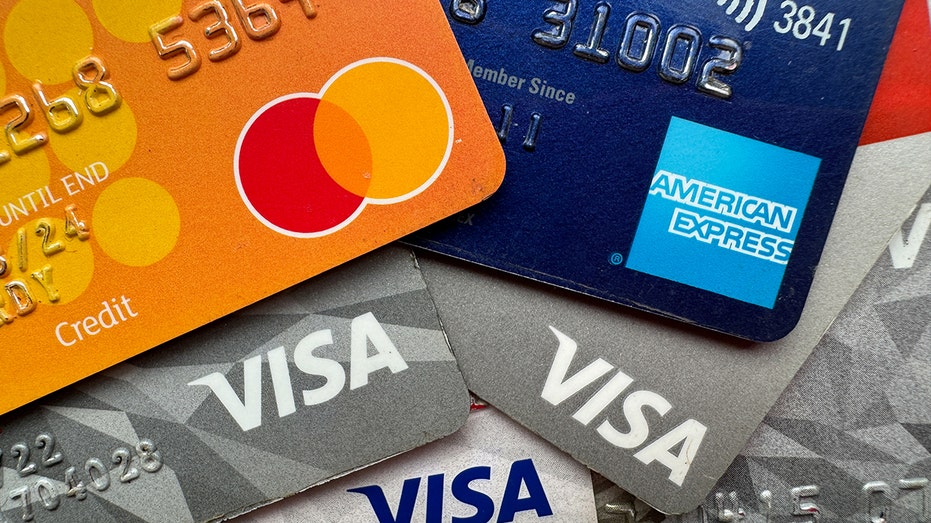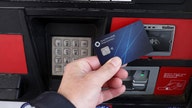Americans are taking on credit card debt to pay for 'sky-high' prices: Analyst
'Kudlow' panelists Kevin Brady, Art Laffer and Sandra Smith discuss how 'Bidenomics' is falling flat with voters.
A growing number of Americans are falling behind on their monthly credit card payments as they continue to battle high inflation and interest rates, according to New York Federal Reserve data published Tuesday.
Credit card delinquencies, which have already surpassed their pre-pandemic levels, continued to rise in the three-month period from January to March.
The flow of credit card debt moving into delinquency hit 8.9% in the first quarter at an annualized rate, compared with an 8.5% rate the previous quarter and 5.87% at the end of 2023. In fact, the percentage of credit card balances in serious delinquency climbed to its highest level since 2012.
AMERICANS EXPECT HIGH INFLATION TO STICK AROUND IN LATEST NY FED SURVEY
"In the first quarter of 2024, credit card and auto loan transition rates into serious delinquency continued to rise across all age groups," said Joelle Scally, regional economic principal within the Household and Public Policy Research Division at the New York Fed.
"An increasing number of borrowers missed credit card payments, revealing worsening financial distress among some households."

In this photo illustration, a credit card is used to pay for gasoline Feb. 7, 2024, in San Anselmo, Calif. (Justin Sullivan/Getty Images / Getty Images)
New York Fed researchers were uncertain why there was such a notable uptick in delinquencies given the low unemployment rate, but they offered several theories.
It could be that consumers drained the excess savings they built up during the pandemic but are still spending at high levels – even though that money is gone. The spike may also be the result of churn in the labor market. Americans lose their jobs and then find employment elsewhere at a lower salary.
Another possibility is that some Americans' credit scores artificially rose when student loan debt stopped being reported to credit bureaus during the pandemic. As a result, that expanded the pool of who was eligible for a credit card.
SMALL BUSINESSES ARE RACKING UP CREDIT CARD DEBT, RAISING SOME CONCERNS
"These are all kinds of complex issues," the researchers said. "We don't exactly know what's behind the increase of these delinquency rates. But it's definitely something that we're tracking."

A new Biden administration rule has created an $8 ceiling for credit card late fees. (Matt Cardy/Getty Images / Getty Images)
The rise in credit card usage and debt is particularly concerning because interest rates are astronomically high. The average credit card annual percentage rate, or APR, hit a new record of 20.72% last week, according to a Bankrate database that dates to 1985. The previous record was 19% in July 1991.
If people are carrying debt to compensate for steeper prices, they could end up paying more for items in the long run. For instance, if you owe $5,000 in debt, which Americans do on average, current APR levels would mean it would take about 279 months and $8,124 in interest to pay off the debt making the minimum payments.
GET Gxstocks ON THE GO BY CLICKING HERE
The rise in balances comes amid the Federal Reserve's aggressive interest rate hike campaign as it tries to crush stubborn inflation and cool the economy.
Although inflation has cooled considerably in recent months, it remains up 3.7% compared to one year ago, according to the most recent Labor Department data.
The inflation spike has created severe financial pressures for most U.S. households, which are forced to pay more for everyday necessities like food and rent. The burden is disproportionately borne by low-income Americans, whose already-stretched paychecks are heavily affected by price fluctuations.





